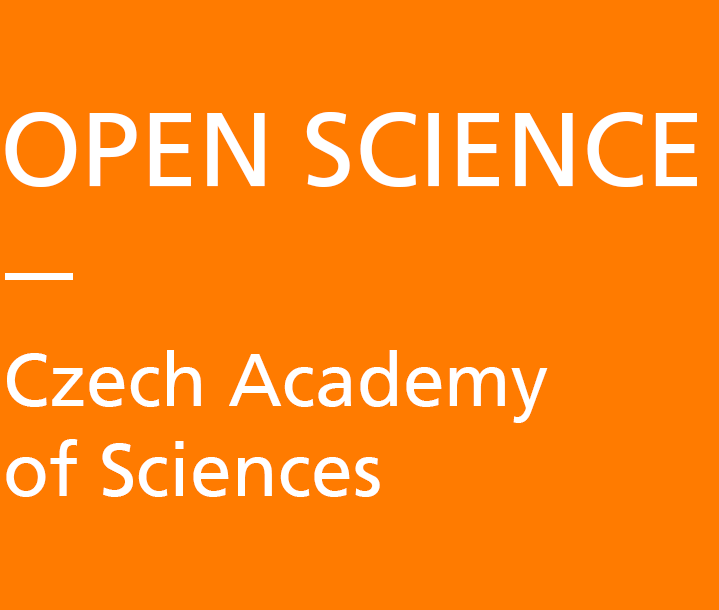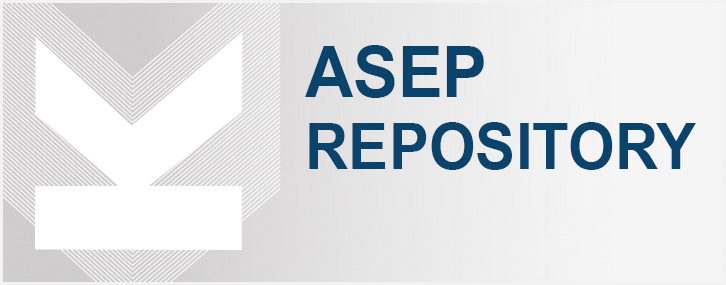Why choose the ASEP institutional repository for your data instead of Zenodo?
ASEP is an institutional repository of the Academy of Sciences of the Czech Republic, so it is easier for users to negotiate its modifications or above-standard access (exceptions from size limitations, modifications of the system according to user demand… etc.).
We offer more flexibility for individual requests, modification of the form, modification of the workflow according to requirements and practice. There is a network of trained contact persons at individual departments of the CAS.
Linking to bibliographic records stored in the same repository, information on funding (projects), export of the link to the data record to RIV (Current Research Information System)
The Bronze Way – Is it “Open Access”?
WARNING – This is not true “Open Access”, there is no proper licensing (public licenses, e.g. CC-BY). Funders do not recognise this form of access as OA precisely because of the legal uncertainty.
Terms of OA in Sherpa Romeo – if the publisher specifies more than one form of deposit (“Author Self-Archiving”), does that mean that the author can choose which one to use, or is the form of publication specified in the license agreement?
Sherpa Romeo serves only as a signpost with an overview of the possibilities and a link to the publisher’s website. It is important to check with the author exactly what is in the license agreement. The terms and conditions should be stated in the contract. The author should also know what licenses and form of publication/storage of the article will meet the terms of the funder.
Do the benefits of Transformational agreements (APC discounts) apply to our Institute?
The benefits of the individual transformation agreements only apply to consortium members for specific publishers. If you (or your department) are not involved in these consortia within CzechELIB, the benefits of these agreements unfortunately do not apply to you. In this case, you still need to pay the APC from your own resources and take these expenses into account when writing your projects – they are usually considered as eligible project costs.
Just to be on the safe side, please note that some funders do not recognise APC fees for hybrid journals – and you should therefore be aware of this when planning your research project.
Can the Library of the Czech Academy of Sciences (LCAS) arrange payment of the Article Publishing Charges (APC/OA fee) for our Institute?
Unfortunately, payment of the APC/OA fee for other CAS Institutes is not possible. If “LCAS” is listed in the “List of selected publishers and CAS institutes involved in relevant consortia“, the terms of the contract apply only to LCAS (and its authors).
If and only if “CAS” is listed, this applies to all CAS departments.
LCAS only in one case pays for the entire CAS and therefore offers free publishing only for journals published by EMERALD.
Will LCAS negotiate electronic information resources for AV centrally?
The LCAS centrally buys for whole CAS what it has the budget for. These are Web of Science (+InCites) and Scopus – bibliographic databases. From full-text journals it is ProQuest and Ebsco journals – the biggest aggregators, i.e. the most institutes of the CAS use them. Then it is PNAS, Emerald and JSTOR. In the latter cases, the price difference between the variant for the LCAS itself and for the whole CAS is negligible and therefore the whole Academy is purchased (the OA Transformativ agreement is only in the case of Emerald).
Otherwise, in general, all other subscriptions and access to databases are handled by the Institutes individually and independently, because firstly they know what they need and secondly the LCAS does not have sufficient budget for it. This is also the answer to the question if something else will be negotiated centrally by the LCAS. A central solution would only be an option if the CAS institutes would contribute financially. However, this option does not make much sense, because the LCAS would become an unnecessary intermediary between the institutes and CzechELib.
How to create DMP?
You can create the DMP as a regular document in a word processor according to templates from specific providers. For example: the Ministry of Education and Science (OP JAK – Výzva Špičkový výzkum ), TAČR (SIGMA – První veřejná soutěž), Horizon EUROPE..
BUT – We highly recommend the use of online tools that can greatly facilitate the creation and editing of DMPs. Some providers require multiple versions of the DMP throughout the project.
KNAV provides access to the online tool AV CR FAIR Wizard. to the whole CAS. This tool includes a tutorial explanation of all questions, links to other relevant resources, and automatically assesses the extent to which the FAIR principles and other metrics are met with explanatory comments during completion.
The user is thus “guided” in the creation of the DMP and, through questions with predefined answer options, freed from the need to “write” another project documentation appendix.
Are examples of well-filled DMPs available anywhere?
DMPs are primarily the result of a good data management process. Thus, their form is always mainly dependent on the form of the research project, the type of data used, the approach of the research team and, last but not least, the internal data management policy of the specific institute.
The AVCR FAIR Wizard, an online service for the creation of DMPs facilitated by the LCAS for the whole CAS, contains a guided explanation of all questions, links to other relevant resources and to relevant passages from the overview book:
“Data stewardship for open science: implementing FAIR principles” Mons, B.. Boca Raton: CRC Press, Taylor & Francis Group, 2018. ISBN 978-1-4987-5317-3.
This tool automatically assesses the degree of fulfillment of the FAIR principles and other metrics with explanatory comments during the completion process. Thus, when using the AV CR FAIR Wizard, there is no need to look for inspiration in already completed DMPs from other projects.
However, to get a better idea of what the final shape looks like, one can generally refer to the large collection of DMPs published in DMP Online or on the Digital Curation Centre website. Public DMPs can also be found within the Zenodo repository. Another interesting source of publicly available DMPs is the Vienna University repository.
Unfortunately, none of these resources can be searched thematically. Systematically assessing the quality of these documents is another difficult task. In the case of the Vienna University DMPs, the quality assessment was carried out by the project “Horizon 2020 DMPs what beneficiaries think and what we can learn from their experience (“DMP Use Case Project”)“.


